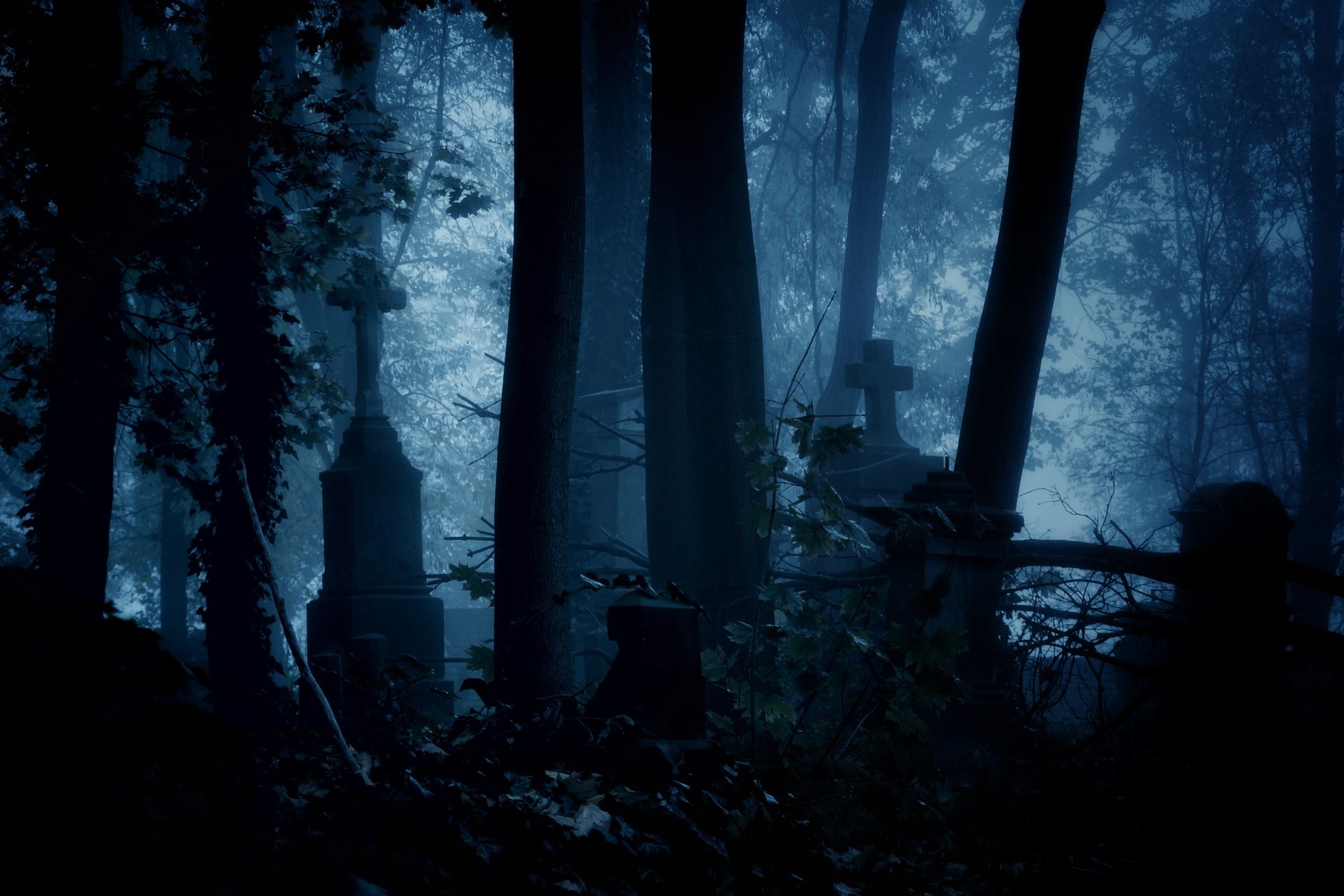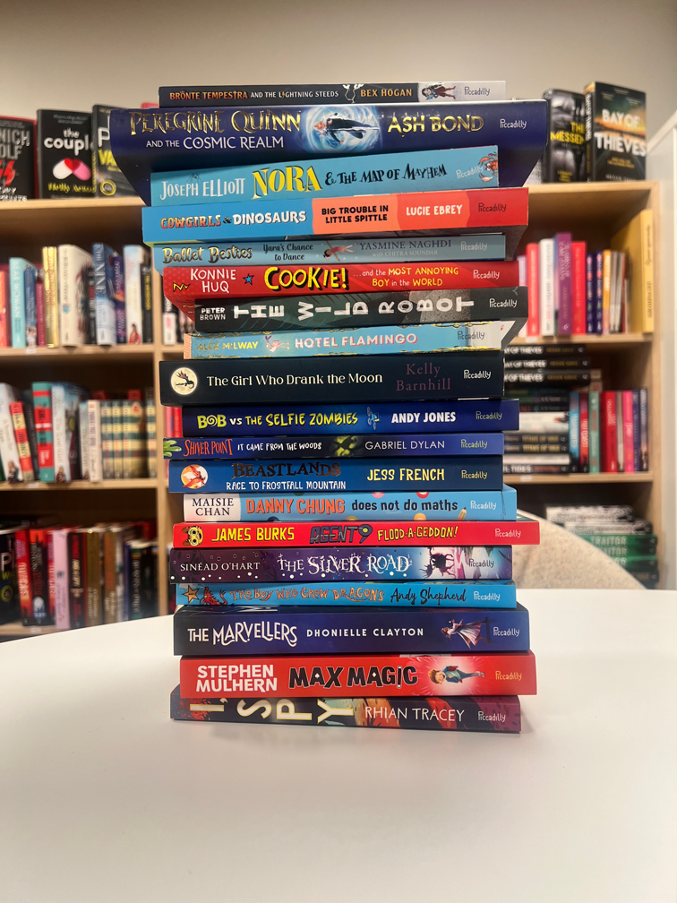
Horror is having a moment.
Artists have embraced the uncanny; folk terror is sweeping cinemas; and you don’t need to be a medium to see the spectres slipping through the pages of our books, as readers return to the age-old delights and devilments of the ghost story. We may read them through our fingers, but it’s undeniable: we want to be scared.
But what’s behind these chilling tales, and what compulsions drive those who pen them? What is it that keeps our authors up at night, eyes darting to the dark corners of the room, alert to the howling winds outside and sudden creak on the staircase?
With Halloween approaching, we asked a few of our horror masters for the stories, hauntings and inexplicable occurrences that they simply couldn’t shake – until they were laid to rest and exorcised within their own works…
Amanda Mason, author of The Wayward Girls and The Hiding Place (Zaffre)
I read a lot of ghost stories, but I don’t think anything has ever scared me as much as The Ghosts of Borley: Annals of the Haunted Rectory by Peter Underwood and Paul Tabori. I first read it when I was about 12 years old. I was fascinated by Harry Price and the SPR, and I was scared because it wasn’t fiction, it was true. There was evidence, photographs, witnesses. The book led to a lifelong fascination with the supernatural, and with haunted houses. It’s hardly surprising then, that my first novel, The Wayward Girls centres on an investigation into a poltergeist. And the second, The Hiding Place, is set in a house with a past, a bad place with an unhappy history. The Borley hauntings persisted over many years, despite the efforts of the rectory’s inhabitants and the investigators they invited in; and for me, that was the worst thing of all. The house itself seemed to defy all attempts to understand it, it seemed to beguile and mislead people. It was the best kind of haunting, inexplicable, and irresistible, in a house that seemed to take on a character of its own.
Deirdre Sullivan, author of Perfectly Preventable Deaths and Precious Catastrophe (Hot Key Books)
Folktales are a little like ghosts, they’re stories we tell and tell and tell again, haunting different throats and different ears, twisting and warping with each teller, over time. I was very inspired by them as I wrote Perfectly Preventable Deaths. Traditional Irish curses and folk magic can be every bit as terrifying as a horror movie whether it’s making a belt from the skin of a fresh corpse to lure your future husband to you or hiding rotting eggs on your neighbour’s land to curse them. I love the mixture of practicality and spite that’s present in so many old charms. Folktales and traditions remind us that even though the world is changing and shifting, our desires for things like love, safety, acceptance and the dangers and fears we face remain eerily similar. Though witchcraft is a key part of Perfectly Preventable Deaths and Precious Catastrophe, sisterhood and survival are at its core. Simple desires, but nothing’s ever simple, is it? That’s why we need story so deeply. To know what could happen, might happen. What we fear. And that, for good or ill, we’re not alone.
Rachel Burge, author of The Twisted Tree and The Crooked Mask (Hot Key Books)
The Shining is one of my favourite horror movies and never fails to scare me, no matter how many times I watch it. Although there’s plenty of frightening moments in the film, it’s the sense of isolation that I find most disturbing. I’ve been on holiday to Colorado and stayed in The Stanley Hotel where Stephen King and his wife checked into at the end of the season, and where he claims to have had several terrifying experiences. I didn’t see any creepy twins in the corridor or decaying women in the bathtub (thank the Lord!), but walking through the grounds in deep snow left a lasting impression on me. I’ve always found snow to be incredibly sinister (the way it covers everything and muffles sound), and when I set out to write a ghost story, I knew I wanted to set it in a remote location where the characters are cut off from help. Both The Twisted Tree and The Crooked Maskare set in isolated places and for me at least, the snowy landscape adds to the sense of unease and claustrophobia.
Caroline Mitchell, author of The Midnight Man (Embla Books)
The idea for The Midnight Man came to me after researching spooky games online. I was surprised to find that not only did the game exist in real life, but that people had played it with varying results. The idea of dabbling with dark forces chilled me to the bone. You shouldn’t play with things you don’t understand. I say this with some authority as when I was a serving police detective, inexplicable things occurred in my home. Crockery was smashed, pictures were thrown and phones rang after the batteries were removed. As a police officer, I grasped for a rational explanation that simply would not come. I drew upon these experiences to write The Midnight Man. But unlike me, Sarah found her rational explanation as she uncovered the Midnight Man. But it didn’t mean she was any safer in her bed. Sometimes the real monsters are made of flesh and bone…


